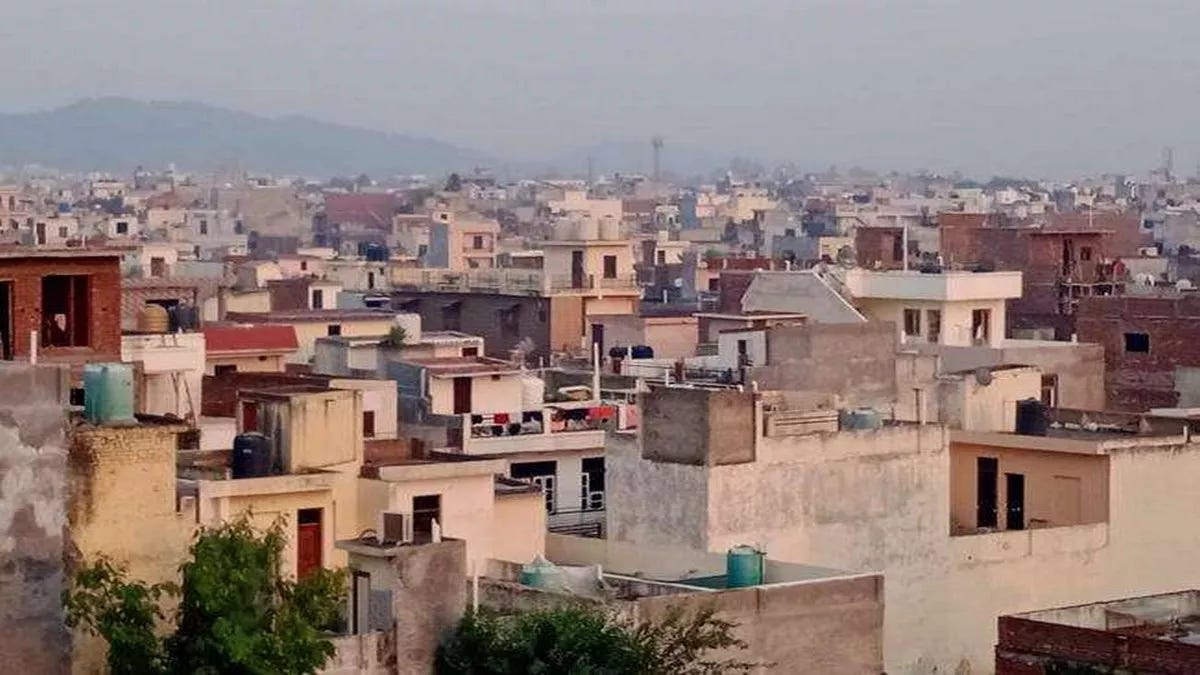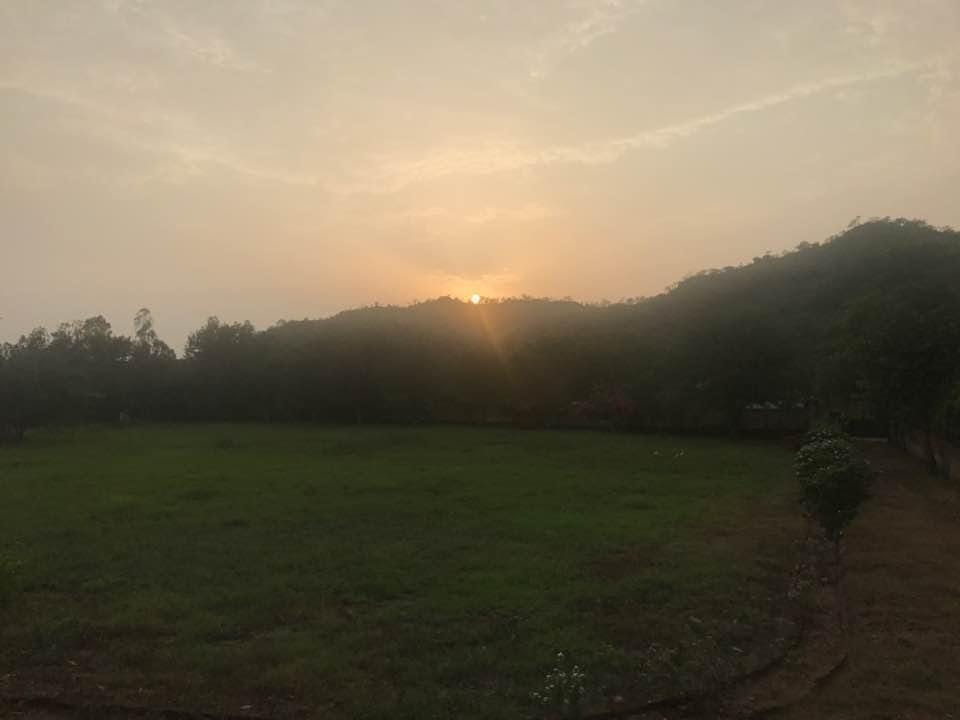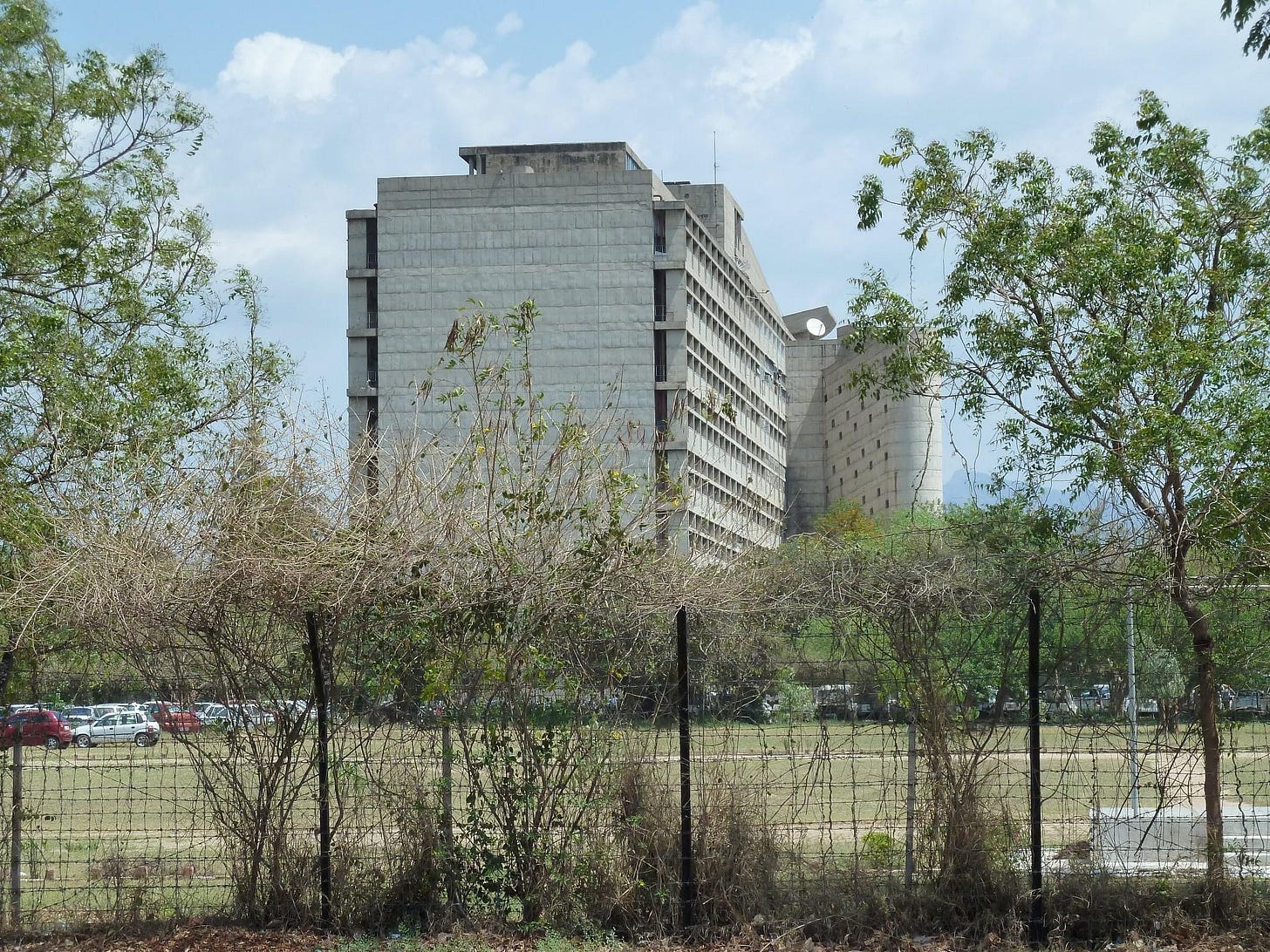Uncertainty Clouds Nayagaon-Kansal: The Eco-Sensitive Zone Debate at the Threshold of Chandigarh
Decision-makers must adopt a nuanced approach that prioritizes both the conservation of the Sukhna Wildlife Sanctuary and the legitimate needs of the affected residents.

Introduction: A Community on Edge
Over 2 lakh residents of Nayagaon and Kansal, twin villages to the north of Chandigarh's iconic Capitol Complex, face an uncertain future. The controversy surrounding the notification of Eco-Sensitive Zones (ESZs) around the Sukhna Wildlife Sanctuary has stoked fears of demolitions, loss of livelihoods, and curtailed development. At the heart of the issue lies the competing priorities of environmental conservation, urban development, and the survival of established communities.
The Core Controversy: Divergent Proposals and Legal Mandates
The ESZ debate revolves around differing proposals by Punjab, Haryana, and the Union Territory of Chandigarh, and their implications for the local population, which is mainly within the territorial jurisdiction of Punjab.
Punjab's Shifting Stance
Initially, Punjab proposed a minimal 100-meter ESZ around the sanctuary, ostensibly to limit disruptions in adjoining populated areas. However, the Forest Department of the state recently shocked residents by proposing to extend the zone to 3 kilometers, sparking fears of widespread demolitions and displacement. This drastic shift has been criticized as poorly thought-out and oblivious to the ground realities of densely inhabited areas like Nayagaon and Kansal. More on Punjab’s proposal here.
Haryana’s and Chandigarh’s Proposals
Haryana has already notified an ESZ ranging from 1 km to 2.035 km around the sanctuary. While narrower than Punjab’s proposal, it still aligns with the Union Environment Ministry’s guidelines. Details here.
Chandigarh’s ESZ is slightly broader, ranging from 2 km to 2.75 km, and has similarly raised concerns about its impact on the city’s development and adjoining areas. Explore Chandigarh’s stance here.
Legal Mandates and National Context
Under the Environment (Protection) Act, 1986, ESZs are notified to act as buffers around protected areas. The Wildlife (Protection) Act, 1972, provides the basis for managing these sanctuaries. The Supreme Court’s June 2022 judgment mandated a minimum 1 km ESZ around all wildlife sanctuaries, modifying earlier recommendations for zones extending up to 10 km. Read more about ESZ norms.
Implications for Nayagaon and Kansal
The proposed 3 km Eco-Sensitive Zone (ESZ) threatens to upend the socio-economic fabric of Nayagaon and Kansal. These villages, which began as small settlements, have evolved into thriving urban centers, duly notified as a unified Nagar Panchayat due to their proximity to Chandigarh. The expanded ESZ would engulf significant portions of these areas, jeopardizing homes, businesses, and essential public infrastructure.
Adding to their woes is the ongoing uncertainty and challenges arising from the operation of colonial-era laws such as the Punjab Land Preservation Act, 1900 (PLPA) and the Punjab New Capital Periphery Control Act, 1952. While steps have been taken, including notifications to delist large parts of the area under the PLPA and the creation of municipal bodies, these measures have not entirely resolved the legal quagmire.
The ESZ proposal introduces an additional layer of risk and uncertainty for the local population, which largely comprises lower and lower-middle-income groups. Persistent litigation has further exacerbated the issue, with contentious proceedings culminating in the Punjab and Haryana High Court holding two senior Punjab IAS officers guilty of contempt. The prolonged legal battles and overlapping regulatory frameworks have left Nayagaon and Kansal residents in a state of limbo, struggling for clarity and stability.
Demolition Fears and Livelihood Disruption
Local residents are particularly alarmed by reports of potential demolitions:
Residential and Commercial Properties: Thousands of homes, shops, and establishments fall within the proposed ESZ. Their demolition would uproot families and businesses, leaving residents without viable alternatives.
Civic and Religious Institutions: Schools, hospitals, and places of worship could also be affected, further alienating the local population.
Economic Fallout: Small-scale industries, markets, and service providers, which are the backbone of the local economy, risk closure.
Voices of Concern
Prominent voices from the community and political sphere have expressed outrage over the proposal:
Vineet Joshi, a senior BJP leader, has decried the expansion as excessive and called for reverting to the 100-meter ESZ originally proposed by Punjab. See his statement.
Surinder Kaushish Babbal, a councillor from Nayagaon Municipal Committee, highlighted the historical context of the settlements and the injustice of displacing long-established communities. More from local leaders.
Urbanization and Environmental Concerns: A Delicate Balance
While the Sukhna Wildlife Sanctuary’s conservation is critical, experts argue that this must not come at the cost of human lives and livelihoods. The sanctuary is already under pressure from unregulated urbanization in its vicinity, with rapid construction threatening its ecological balance. However, blanket restrictions without a clear plan for rehabilitation and development will only exacerbate the crisis.
Striking a Middle Ground
Site-Specific ESZ Demarcation: Conservationists advocate for precise demarcation that considers the unique ecological sensitivity of each area while exempting populated zones from stringent regulations.
Public Consultations: Residents have called for greater transparency and public engagement in the decision-making process.
Alternative Conservation Measures: Instead of blanket restrictions, measures like sustainable urban planning, controlled construction, and community-based conservation programs could protect biodiversity without uprooting people.
Summing Up: The Road Ahead
The Nayagaon-Kansal controversy exemplifies the complex challenges India faces in reconciling conservation imperatives with the realities of urbanization and human habitation. With over 2 lakh residents trapped in a web of ecological mandates, outdated legal frameworks, and governmental indecision, the need for a balanced resolution is urgent. Punjab’s proposed 3 km ESZ, though well-intentioned in its aim to protect biodiversity, risks inflicting irreparable harm on the socio-economic fabric of this region, which comprises predominantly lower and lower-middle-income communities.
Decision-makers must adopt a nuanced approach that prioritizes both the conservation of the Sukhna Wildlife Sanctuary and the legitimate needs of the affected residents. This includes site-specific ESZ demarcation, transparent public consultations, and the implementation of sustainable urban planning. Such an approach can ensure that biodiversity is preserved without uprooting established communities, safeguarding both ecological and human interests in the process.
For further details:








Nayagaon and Kansal are not a fraction of an urban centre. Loot of land was clearly highlighted in the interim reports submitted to the P&H HC by the special tribunal headed by Justice Kuldip Singh. The actual tragedy is that this argument is coming from a former FCR of Punjab